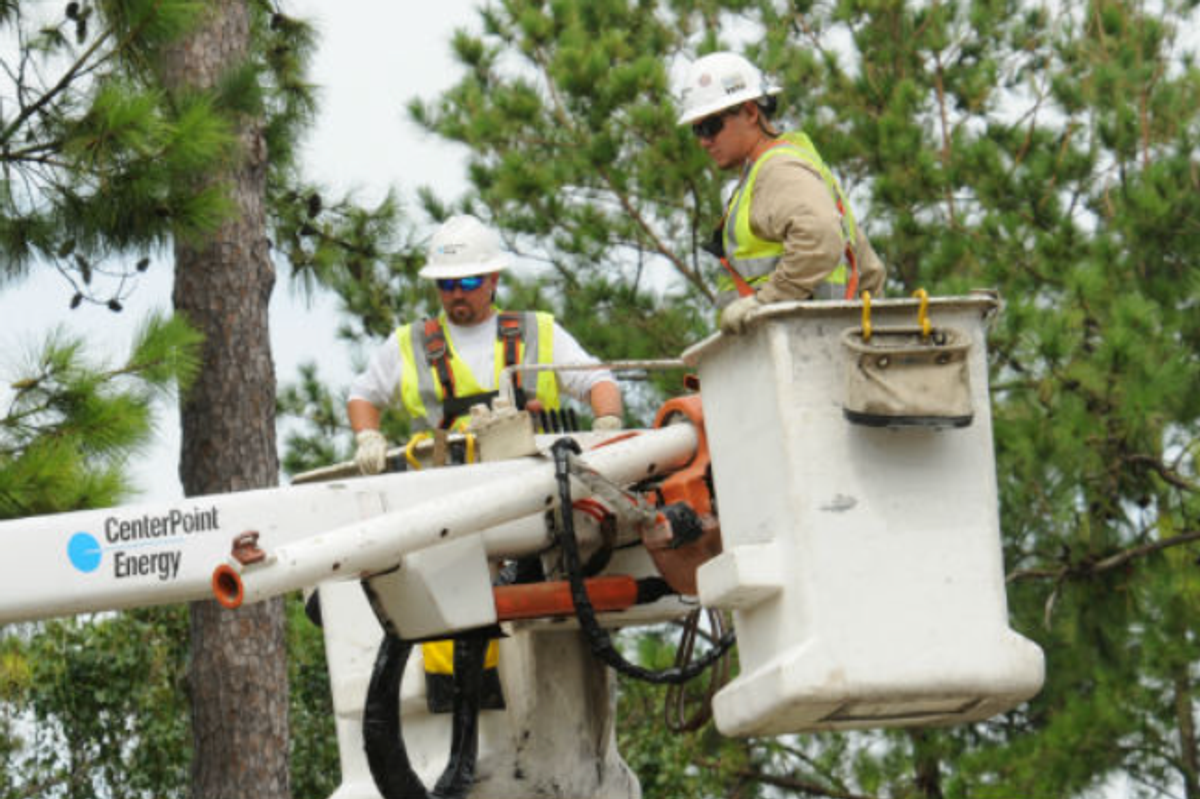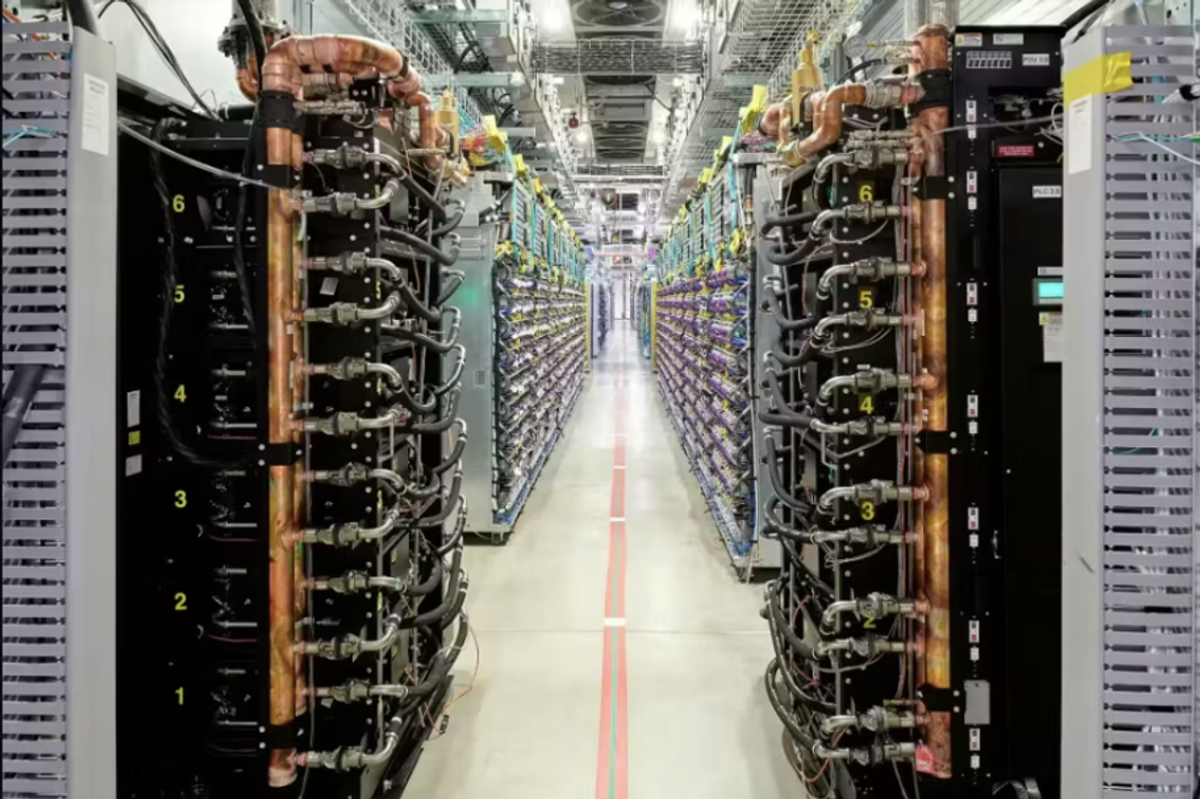DOE deploys $6B into decarbonization projects — including 4 on the Gulf Coast
fresh funding
Four projects along the Gulf Coast will receive a share of up to $6 billion in federal funding for decarbonization initiatives.
The $6 billion in funding was announced March 25 by the U.S. Department of Energy. The federal agency and the award recipients still must hammer out details.
“Spurring on the next generation of decarbonization technologies in key industries like steel, paper, concrete, and glass will keep America the most competitive nation on Earth,” U.S. Energy Secretary Jennifer Granholm says in a news release.
Below are details about the four projects.
Baytown Olefins Plant Carbon Reduction Project
The Baytown Olefins Plant Carbon Reduction Project, led by Spring-based ExxonMobil, will receive up to $331.9 million in federal funding.
Officials say the project will enable the use of hydrogen in place of natural gas for heat-fired equipment using new burner technologies for ethylene production in Baytown. Ethylene is a chemical feedstock used in the production of textiles, synthetic rubbers, and plastic resins.
The equipment modification is aimed at generating 95 percent clean hydrogen fuel and eliminating 2.5 million metric tons of carbon emissions per year.
The Baytown project is expected to employ about 400 construction workers. Furthermore, an estimated 140 current Baytown workers will be trained in the use of hydrogen.
Sustainable Ethylene from CO2 Utilization with Renewable Energy (SECURE)
The federal government will supply as much as $200 million for the SECURE project, which will be located along the Gulf Coast. T.EN Stone & Webster Process Technology in Houston is leading the project in partnership with Illinois-based LanzaTech.
The project seeks to capture carbon dioxide from ethylene production — an important building block for many products — by applying a biotech-based process and green hydrogen to create clean ethanol and ethylene.
SECURE is expected to generate 200 construction jobs and 40 permanent jobs.
Star e-Methanol
The Star e-Methanol project, which will be located along the Texas Gulf Coast, will collect up to $100 million in federal funding. A subsidiary of Denmark-based clean energy developer Ørsted, which recently opened an office in Houston, is leading the project.
The project seeks to capture carbon dioxide from an industrial facility to produce e-methanol, helping reduce the carbon footprint for hard-to-electrify sectors like shipping. Ørsted’s facility will produce up to 300,000 metric tons of e-methanol per year.
Star e-Methanol is projected to create 300 construction jobs and 50 permanent jobs.
Ørsted is collaborating with the University of Houston to develop a curriculum covering zero-carbon fuels and the hydrogen economy.
Syngas Production from Recycled Chemical Byproduct Streams project
The Syngas Production from Recycled Chemical Byproduct Streams project, led by chemical giant BASF, will secure up to $75 million in federal funding.
The project aims to recycle liquid byproducts into synthesis gas. That gas will be used as low-carbon feedstock for BASF’s manufacturing plant in Freeport.
BASF plans to use plasma gasification and renewable power to replace natural gas-fired incineration, decreasing carbon dioxide emissions at the Freeport site by as much as 90 percent.
About 1,600 employees and contractors work at BASF’s Freeport facility.










